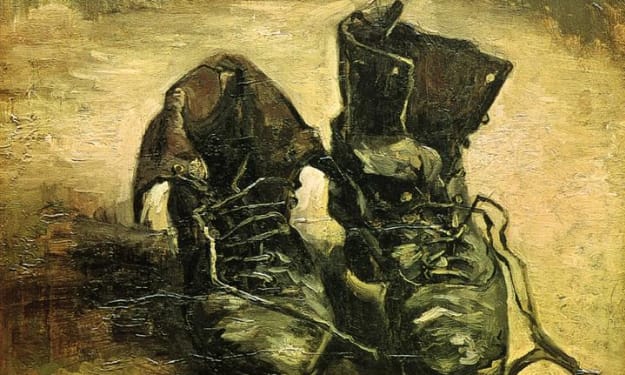The Virgin Queen and the Reputation She Crafted
How Elizabeth 1 of England sought to shape her reputation - before her Coronation

Elizabeth l, in her 1558 pre-coronation speech, laid the foundations for the reputations she wished to craft for herself, and focused on asserting herself as the rightful heir. Many years of unrest precede her: religious turmoil which has led to social and political disorder. There are other, more preferred male ‘throne contenders’. In a patriarchal world, her first address is a balancing act - she must concede to her gender, whilst portraying herself as authoritative and strong (like her father) and as the rightful monarch.
By stating that Queen Mary was her ‘natural’ sister, and mentioning her “father of noble memory, my brother, and my late sister”, Elizabeth confirms her blood connection to the Tudor dynasty, establishes security in the same, and aligns herself with previous monarchs. This refutes the claim of any other (who is likely in the audience) to the throne. Her stating “my progenitors, kings of this realm” further solidifies her being descended from Kings - she should be recognized as such and obeyed accordingly. Additionally, this separates her from her maternal lineage - 'The Boleyn' - and any claims of an illegitimacy are refuted.
Elizabeth's religious affiliations must be addressed. Despite her speech generally appearing humble (e.g. she relates her astoundment at having been placed in such a position), Elizabeth also focuses on God having chosen her as “the minister of His heavenly will”. Elizabeth tactfully shows humility yet asserts power and strength through identifying as Gods ‘choice’. This heavenly choice is despite her being a Protestant, which is resented, Protestantism having torn England apart under Henry VIII. Aligning with God is crucial - many see her as being ungodly, and society has recently returned to Catholicism.
In the patriarchal society of the time, Elizabeth must woe these male Lords who see her as incapable. Whilst she alludes to the fact that she is the ‘weak woman’ they see her as, needing their help, she counters this by affirming her sovereignty - she is appointed by God. Flattery (and it could be argued flirtation!) is used throughout the speech to the “ancient nobility”, with a play on her ‘weakly’ nature. Her success lies solely in them partnering with her, assisting her: “I mean to direct all my actions by good advice and counsel” and “I with my ruling and you with your service may make a good account to almighty God” - could she be dangling the deceit that she will allow them to rule through her?
Elizabeth's future reputations are always in line with what is required politically, or that which can be manipulated, at the given time. The authentic lineage theme is always present and required, given the various threats to her reign - from ‘pretenders to the crown’ to the Pope decreeing in 1570 that her subjects need not obey her. And of course, there was always the age old question of her legitimacy.
We can clearly see, through her reign, differing reputations. The 1563 Hampden Portrait, depicts Elizabeth as a true Tudor, desirous of marriage and motherhood which will have played to the various diplomatic endeavors of the time. This is in stark contrast to the reputations of later years - which have touched upon her masculinizing herself (e.g. her adopting male courage and strength in her Tilbury speech of 1588) in order to be seen to rally troops or the Virgin Queen ‘Armada Portrait’, c1588, depicting Elizabeth as otherworldly, overtly virginal, classical goddess figure, taking credit for naval success. Elizabeth's reputation was, in the latter part of her reign, engineered to set her above all women (and men) - an untouchable, unmarried, childless entity. This captured the Catholic population through transference of devotion from the Virgin Mary to Elizabeth, solving many issues regarding the decimation of ‘mother of Christ’ worship - culminating in ‘The Cult of Elizabeth’.






Comments
Juliet Wilkinson is not accepting comments at the moment
Want to show your support? Send them a one-off tip.